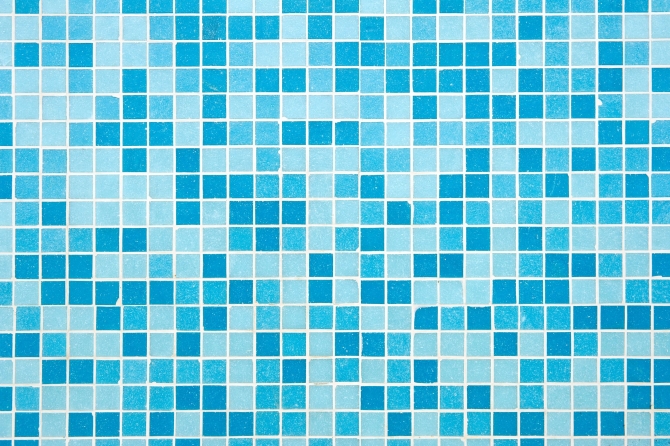Ceramic Tile 101


Ceramic Tile 101
Due to its ability to resist contamination and withstand common sources of wear, ceramic tile flooring and wall coverings are a great option throughout your home in decorating. Ceramic tile is quite easy to clean and has very low maintenance requirements. Once installed correctly ceramic tile is easily cared for and maintained and do not demand more than a normal cleaning regimen.
Although tile is not demanding, this does not mean you should not make any effort to ensure that your floors and walls remain in optimal condition. The following are a few care and maintenance tips that will help keep your tiles looking great for years to come:
Daily Ceramic Tile Cleaning
Dust and debris can easily be removed by sweeping or vacuuming. Unless an area has heavy traffic, mopping your ceramic floor once a week should be more than enough. Avoid using soap or detergent or any type of cleanser which contains acid, vinegar, or ammonia as they might cause the surface of your tiles and the grout (the material used to fill the spaces between your tiles) to discolor or fade. Go for cleansers with a neutral pH instead. To prevent residue build up or fungus or bacterial growth, make sure that your tiles are always properly rinsed with clean water.
Grout Care
Grout is an important part of ceramic tile flooring. Without it, water and other types of contaminants can easily seep through your floor installation. Because of this, it is important that as soon as the tiles are laid down, the grout is sealed immediately.
The two types of grout are available: cement-based and epoxy. Cement-based grout, which is usually used for DIY projects, needs to be followed-up with a penetrating protective sealer. Epoxy grout, on the other hand, more commonly used by professionals, can be used by itself or without a sealer. The latter is more resistant to water and stains, but is also much higher in price.
Ceramic Tile Protection
To prevent scratches and fading, attach pads at the bottom of the legs of your furniture. Pay special attention to those made of metal as they might rust and cause stains. You can also place mats on areas with heavy traffic to prevent dust, oil, and other contaminants from being in close contact with your tile flooring.
By following these tips for care and maintenance, your tile will bring you joy and protect your floors for years to come.

